Global warming, air quality, and the "Dark Day" of 1780.
New York's air quality catastrophe has some parallels in history, but climate change also makes it unique.
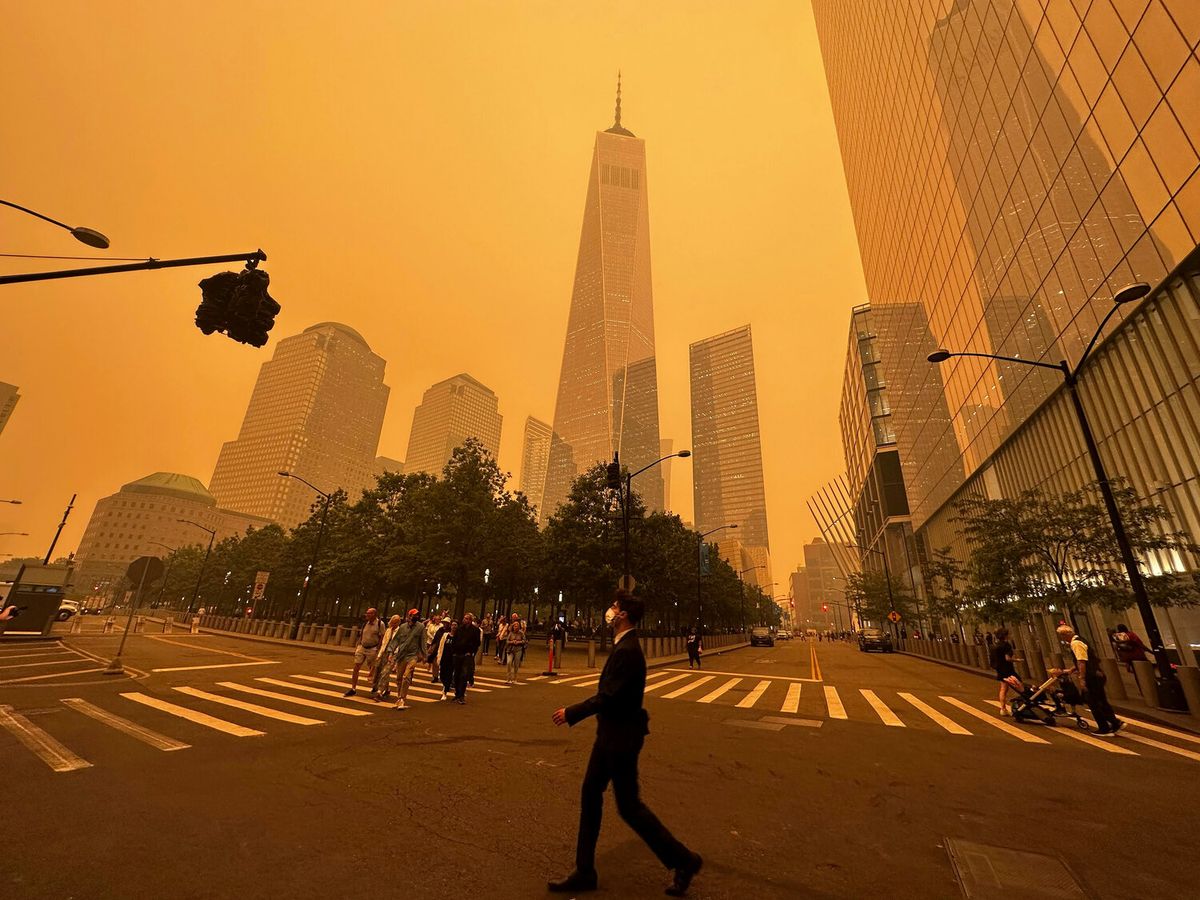
The photo at the top of this article was taken yesterday, June 7, 2023 in New York City. As most of you probably know, a cloud of smoke from out-of-control wildfires in Canada has descended over the U.S. Northeast, turning the skies a hazy red-brown and making New York's air quality, for a brief time, the worst of any major city on planet Earth, surpassing such ghastly eternal smoke tunnels as Beijing or New Delhi. The cause of the smoke condition is human-caused global warming, principally the fault of fossil fuel companies who continue to kill the planet for their profits by burning poisonous fuels despite their knowledge that it is irrevocably destroying the environment. Climate change makes wildfires worse by multiple factors. We've now seen air quality disasters of this type recently in Australia, the U.S. West Coast and numerous countries in Asia. It's getting worse. This is the beginning of the 2023 fire season. Imagine what it's going to be like in late August.
The continuation of the fossil fuel industry, which causes these disasters, despite the dangers of runaway global warming is nothing less than a crime against humanity. Putting and end to these crimes and punishing those responsible--principally the owners and executives of fossil fuel companies--may well be a significant driver of the history of the 21st century, similar to the way that arresting and reversing the advance of fascism was a major part of the history of the previous century. Setting aside the issue of culpability, the increasing frequency and severity of air quality disasters brings to light what was formerly a sleeper issue in environmental history. We don't often think about air quality until and unless it suddenly and unusually becomes worse. Air quality, though, has made some occasional dramatic appearances in history, in ways that are both similar to and unlike the catastrophe unfolding in New York and the Northeast this week.
On May 19, 1780, an event occurred that came to be known as "New England's Dark Day." All over the region in the late morning--in a few places at dawn--the sun seemed to go out, having been obscured by a curious mass of darkness that blacked out the sky. The darkness was reported from Maine to New Jersey. At mid-day people had to light candles in order to see. Animals also behaved strangely. A century after the event a magazine article recalled, "Birds went to roost, cocks crowed at mid-day as at midnight, and the animals were plainly terrified." Nothing quite like this event had ever been experienced before in America.
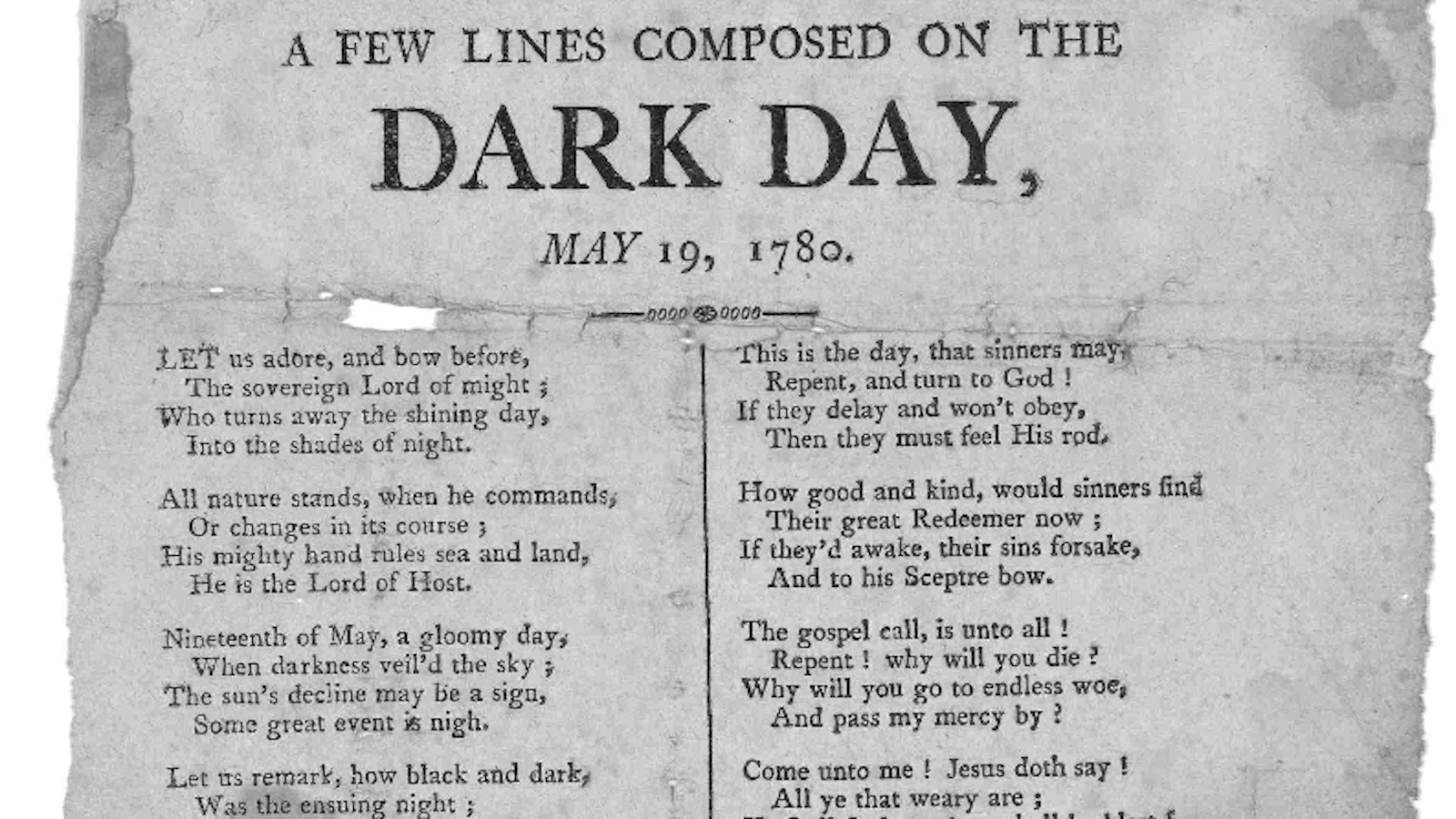
Curious reports of the darkness filtered out of many places in New England. In Hampton, New Hampshire, a doctor reported, "It presented a complete specimen of as total darkness as can be conceived. About midnight a light breeze sprang up from the north or northeast, which dispersed the clouds and vapors, and it soon began to grow light." Some people reported smelling smoke or a "sooty" aroma in the air. The people of New England--already on-edge and weary of the endless Revolutionary War that was dragging on for its fifth year--were considerably spooked by the strange event.
The cause of New England's "Dark Day" of 1780 was generally a mystery until fairly recent times. Scientists and environmental historians recognize the telltale signs of large-scale wildfires when they see them, but records of such fires dating for that time were sketchy. In the early 2000s, though, researchers published a paper coordinating the extant clues, including specifically a study of trees in Ontario's Algonquin Provincial Park bearing scars from a previously unrecorded forest fire of large magnitude. Using dendrochronology--the counting of tree rings--the scars were dated to spring of 1780. Unbeknownst to the New Englanders at the time, a considerable portion of what was then called Lower Canada was on fire, and the smoke in the atmosphere settled over the region, causing the unnerving darkness. While human-caused global warming was obviously not a factor in the 1780 event, the parallels between the 1780 "Dark Day" and what has been happening in New York and the Northeast this week are eerie.
Another infamous air quality disaster occurred in London in December 1952. This one had much more of an anthropogenic cause. The city of London has always been known for its fog, especially in winter, and air pollution has been a problem since Roman times. On December 5, 1952, these two quirks of London’s climate and geography came together with devastating effect. The fog that settled over the city that cold morning seemed unusually thick and tinged with yellow. The very air, charged with particles of sulfur and other pollutants from factories and tailpipes, smelled foul. As traffic ground to a halt in the zero-visibility mess, ordinary people began to cough and get sick. Hospitals were soon flooded with patients suffering–some acutely–from respiratory distress. Many died, especially those with asthma or other preexisting conditions. After the weather changed and the fog lifted on December 9, authorities believed about 4,000 Londoners were dead. In fact the number was probably much higher. Recent scholarship indicates as many as 12,000 people died.
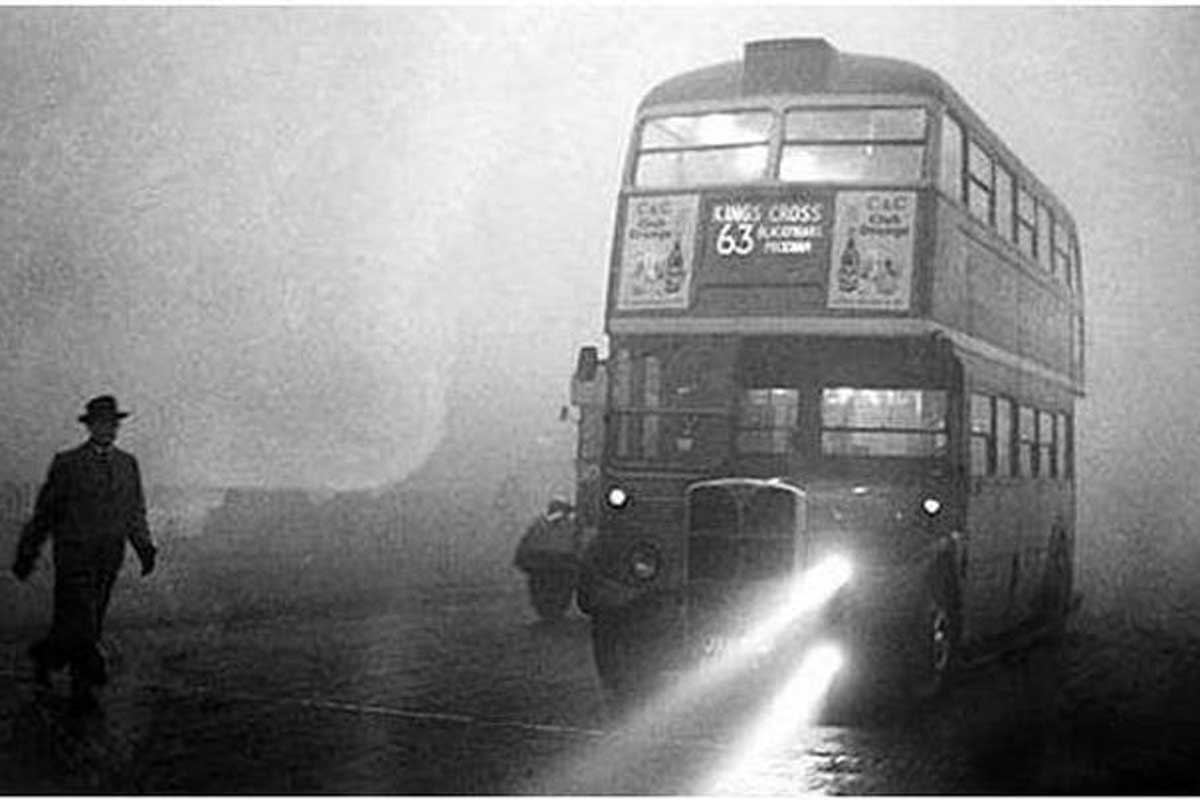
There are also examples of more slower-burn issues involving air quality. During the 1980s and 1990s, Mexico City was known as having an air quality problem that was especially bad. Like London, Mexico City's problem was partly as a result of geography--the perhaps unwise construction of one of the world's largest metropolitan areas in a bowl-shaped valley where air tends to settle and can't be flushed out easily. The incredible growth of Mexico City in these decades added millions of car tailpipes were many fewer of them had been before. In 1992 Mexico City was ranked as having the worst air quality of any major city on Earth. However, you don't hear about the air being bad in Mexico City much anymore. What happened?
In both cases, London's and Mexico City's, the problem motivated a solution which greatly reduced air quality issues. The City of London passed a law combating smog in 1954, followed by a Clean Air Act for the whole of the UK two years later, both as a direct response to the Great Smog event. Emissions reductions and economic incentives for cleaner-burning transportation and heating technologies were instituted. The effect wasn't immediate; London had another deadly smog event in 1962, but it wasn't nearly as bad as the one ten years before. As for Mexico City, the Mexican government passed a number of simple measures such as mandating cleaner fuels, restrictions on the use of cars, and investment in public transportation. As a result, Mexico City's air quality has gone up significantly in recent decades.
Unfortunately, I don't think what's happening in the Northeast this week will lead to any such galvanizing action. The smut that blackened New York's skyline didn't come principally from the city's tailpipes or factory smokestacks, but from out of control, global warming-fueled wildfires a far distance away. The problem is much more systemic: the continued existence of fossil fuels as a for-profit industry and the most significant source of energy for the world's economy. As a global society, we know that we must abolish fossil fuels and transition the world economy to renewable energy as quickly as possible--even before we start the gargantuan task of drawing down the catastrophic amounts of CO2 already in the world's atmosphere. The political structures of the world's major economies are all bought and paid for by fossil fuel interests, who would literally rather kill the planet than give up a single dollar of their profits. Thus, the disturbing answer to how to end future air quality disasters like New York's seems to be in some sort of revolutionary overturning of the world's political and economic structures, specifically as a means to save human civilization from death by climate change. I've long predicted that this type of revolution is, at this point, essentially inevitable. It will be the key event of the 21st century.
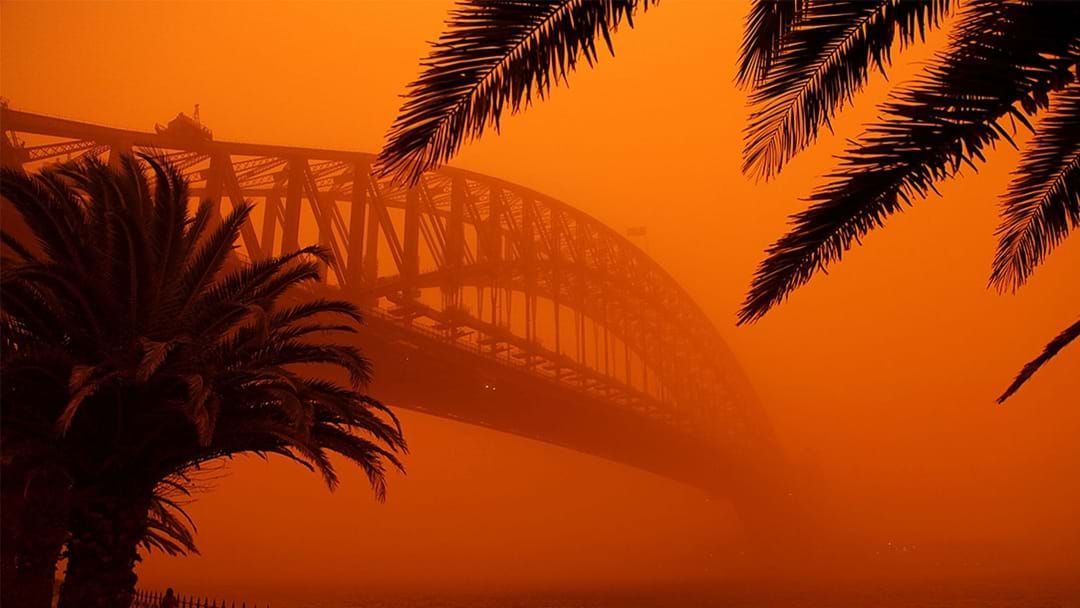
That ugly event remains in our future, though. What is clear, in comparing the air quality nightmares of 2023 to similar historical events, is that we're reaching the limits of what history can tell us about how these sorts of events play out. New England's Dark Day of 1780, London's Great Smog of 1952 and Mexico City's long battle with air quality have similarities to what's happening now, but our current circumstances are, to a significant degree, unprecedented. The smoke from these particular fires will clear fairly soon, but in a few weeks or months another major city will fall under red skies and unbreathable air. This is going to keep happening. We're going to have to deal with it on some level, however unpleasant that reckoning will be.
The Value Proposition
Why should you be reading this blog, or receiving it as a newsletter? This is why.
☕ This is where I normally put my Ko-fi link. Don't buy me a coffee this week--preorder my upcoming history book The 50 Most Important Things in History instead for the same price!
🎓 Like learning? Find out what courses I’m currently offering at my website.
📽 More the visual type? Here is my YouTube channel with tons of free history videos.
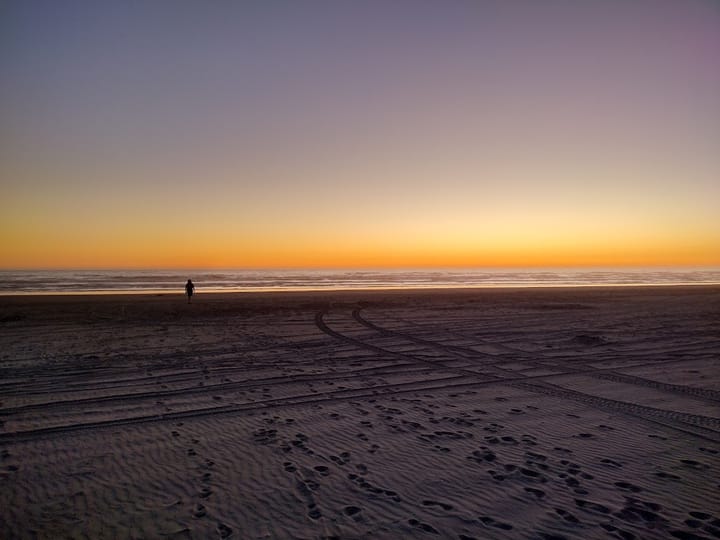
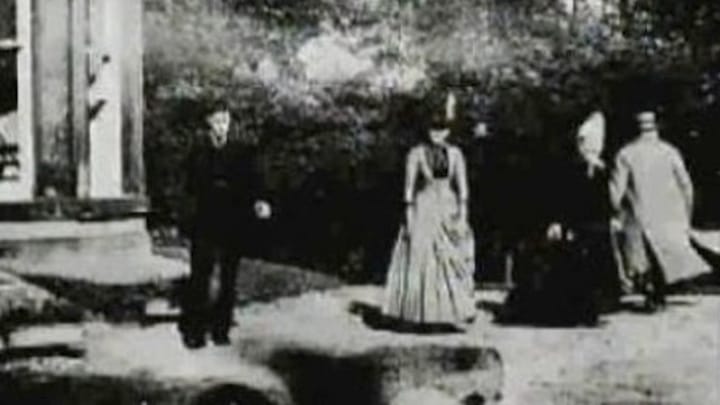
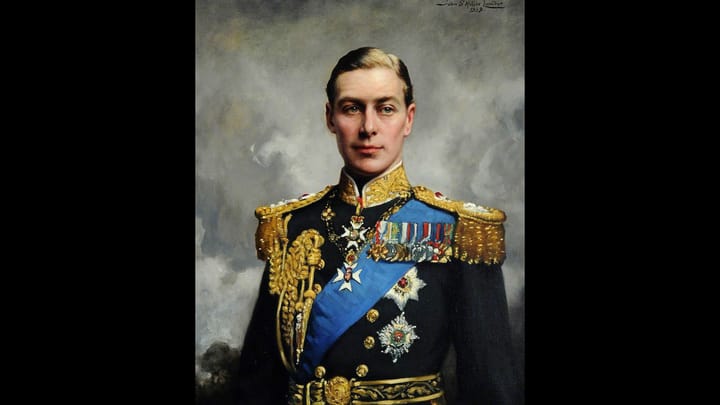
Comments ()